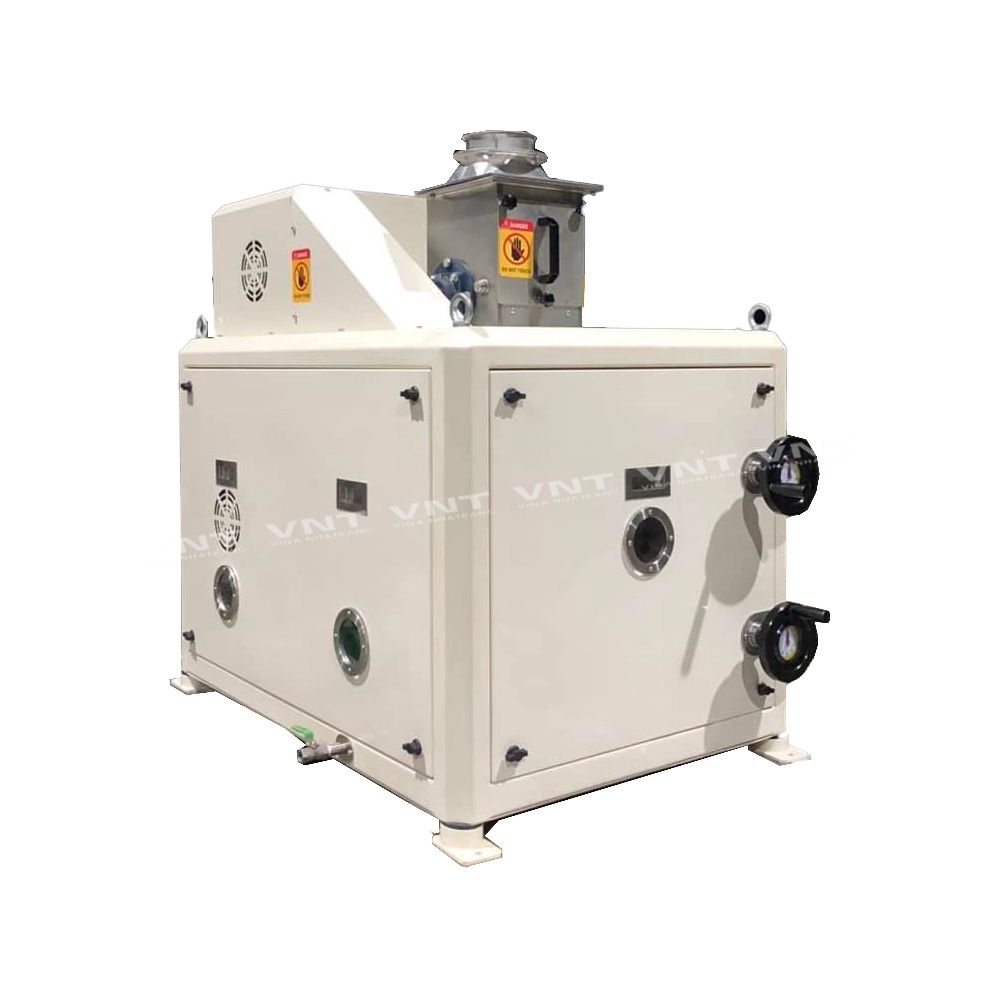A Starter's Guide to Industrial Coffee Grinder Choices
A Starter's Guide to Industrial Coffee Grinder Choices
Blog Article
Industrial Coffee Grinder Overview: Boost Performance and High Quality
In the affordable landscape of coffee manufacturing, choosing the appropriate commercial coffee mill plays a pivotal duty in enhancing both effectiveness and product top quality. Recognizing the nuances of different mill kinds and key functions-- such as personalized work settings and robust building-- can substantially influence the final taste profile of the coffee.
Recognizing Grinder Kinds
When picking an industrial coffee grinder, understanding the different kinds available is crucial for optimizing both flavor removal and operational efficiency. The two primary types of grinders are blade grinders and burr grinders.

Eventually, selecting the best kind of grinder is integral to maintaining high quality and effectiveness in coffee production, making it critical for businesses to buy premium burr mills for ideal results.
Key Features to Think About
Choosing a commercial coffee grinder needs cautious factor to consider of several essential attributes that can significantly affect both efficiency and the overall coffee experience. One of the key facets to evaluate is the grinding mechanism. Burr grinders are normally favored over blade grinders, as they provide a regular grind dimension, which is important for optimum removal and flavor.
Another important feature is the grinder's ability. A flexible grinder with numerous settings enables you to customize the work size to different brewing approaches, improving the coffee's taste account.
Review the grinder's sound degree, particularly in a hectic café or manufacturing atmosphere, where extreme sound can be disruptive. Investing in a mill that stabilizes these functions can considerably boost both operational effectiveness and the top quality of the coffee offered.
Optimizing Grinding Process
To accomplish the ideal results in coffee prep work, enhancing the grinding process is vital. The work dimension substantially influences removal, flavor, and overall top quality of the brewed coffee.


Furthermore, monitoring the grinding speed can optimize the procedure. Slower grinding usually creates less warmth, maintaining fragile flavors and aromas. On the other hand, much faster grinding may generate too much heat, negatively impacting the coffee's top quality.
Upkeep and Treatment Tips
Correct maintenance and care of commercial coffee grinders are necessary for making sure optimal performance and durability. Regular cleansing is the foundation of upkeep; residue buildup can affect flavor and grinding efficiency. It is recommended to clean up the grinder after each use, cleaning down the exterior and eliminating check my reference any type of coffee grounds from the burrs.
Additionally, evaluate the grinding burrs for wear and tear. Plain burrs can compromise grind uniformity, so they must be changed as necessary. Industrial Coffee Grinder. Regularly calibrating the grinder is likewise critical, as this maintains the wanted grind size for various brewing methods
Lubrication of relocating parts should be performed according to the maker's specs, as this lowers rubbing and lengthens the life of the devices. It is vital to utilize food-grade lubes to guarantee security and compliance with wellness policies.
Finally, maintain the grinder in a steady and completely dry environment to stop rust and rust. By sticking to these maintenance and treatment ideas, operators can enhance the efficiency of their commercial coffee grinders while ensuring high-grade result and extended operational life.
Return on Financial Investment Evaluation
Assessing the roi (ROI) for commercial coffee grinders is essential for services seeking to enhance their coffee manufacturing capabilities. Recommended Reading A thorough ROI evaluation helps establish the financial stability of investing in premium mills, allowing services to weigh the preliminary prices against possible gains.
To carry out a comprehensive ROI evaluation, businesses need to think about several vital aspects. First, evaluate the purchase cost of the mill, consisting of installment and any type of needed adjustments to existing infrastructure. Next, determine functional prices, consisting of power intake, upkeep expenses, and labor effectiveness improvements. High-performance grinders typically lead to minimized grinding time and boosted throughput, which can significantly improve performance.
Additionally, think about the effect on item quality. Industrial Coffee Grinder. Superior mills produce an even more consistent work size, which can improve taste accounts and client fulfillment, inevitably driving sales. By boosting the top quality of the last item, companies can justify greater rates, resulting in increased income
Verdict
In recap, an industrial coffee grinder plays a critical role in improving both performance and item quality within coffee manufacturing. Eventually, the strategic financial investment in a reliable mill contributes dramatically to improved revenue and competitiveness in the coffee sector.
In the competitive landscape of coffee manufacturing, picking the ideal commercial coffee grinder plays an essential duty in boosting both performance and item quality. The two main types of grinders are blade grinders and burr grinders. Within the burr grinder category, there are level burr mills and conical burr grinders, each with its benefits. Burr grinders are normally preferred over blade mills, as they give a constant grind dimension, which is vital for ideal extraction and flavor.
In recap, a commercial coffee mill plays a pivotal duty in improving both efficiency and item top quality within coffee manufacturing.
Report this page